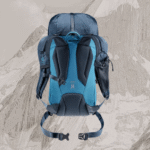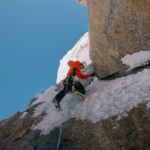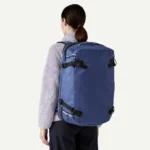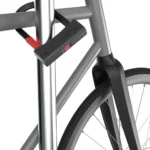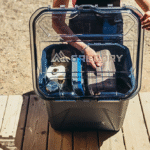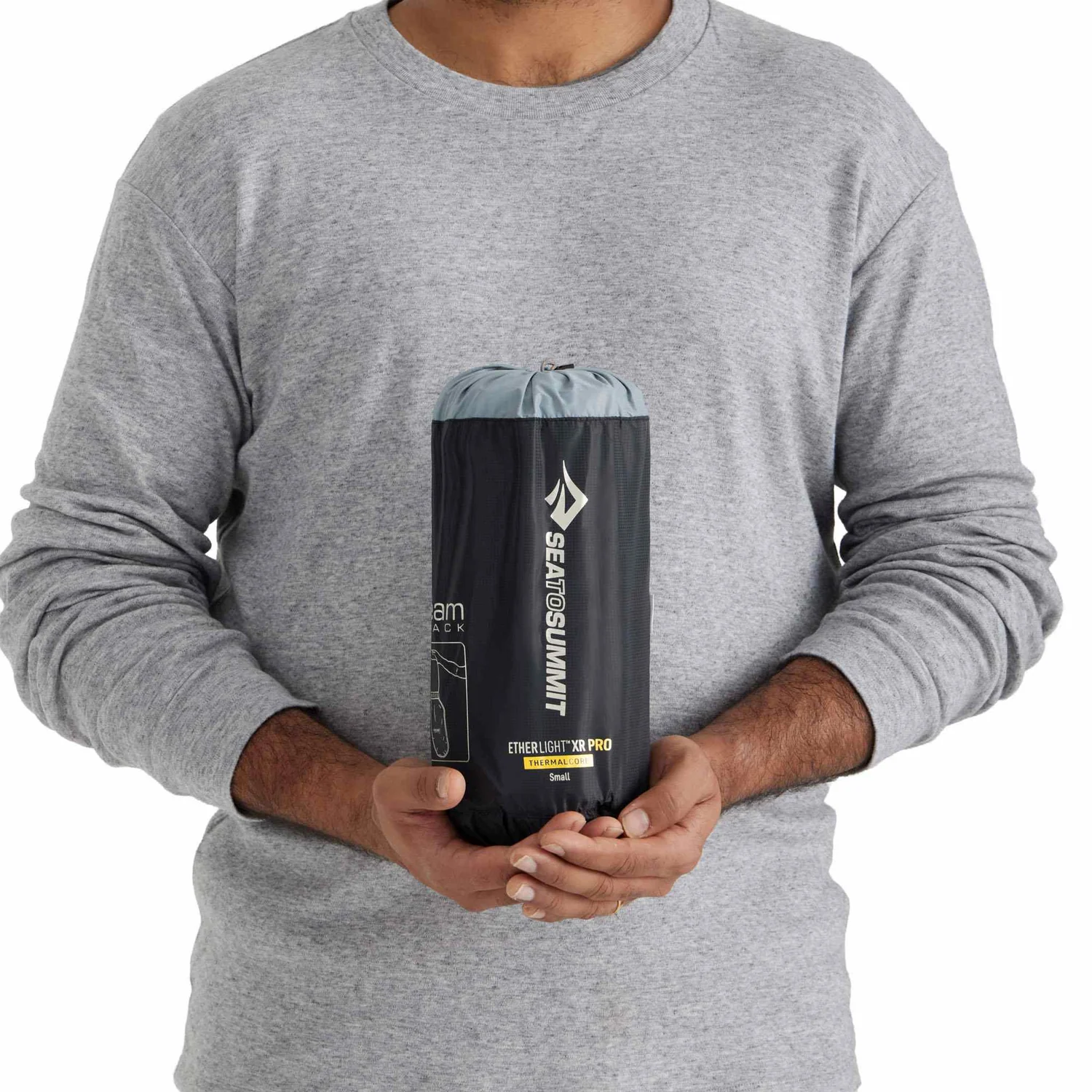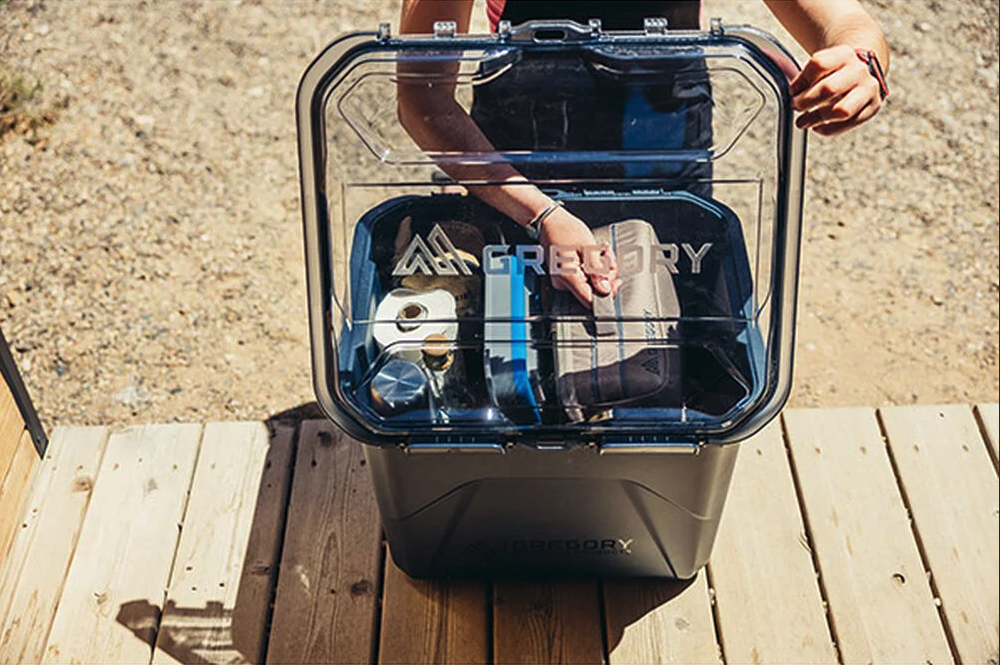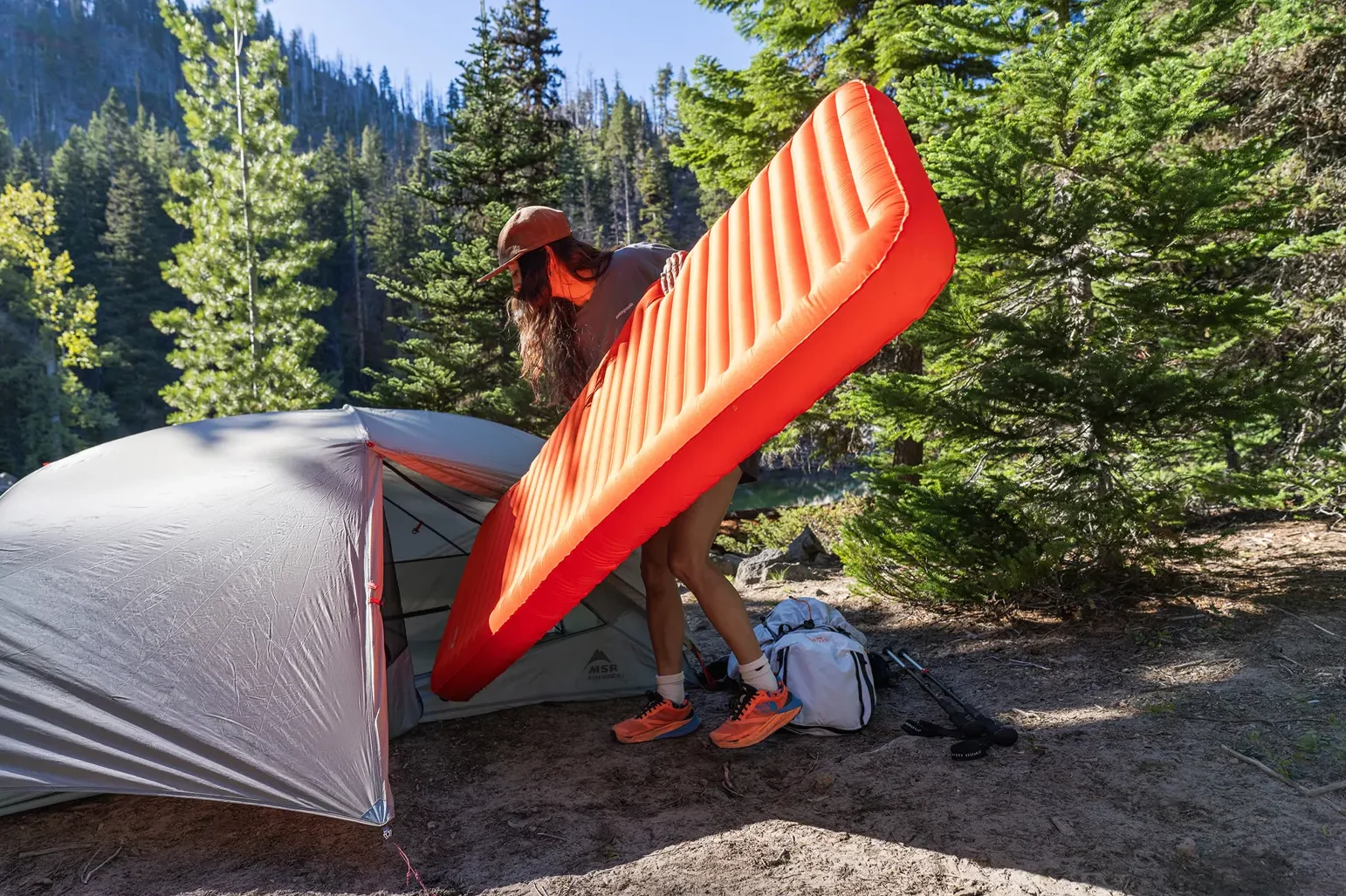
The Alpkit Soloist Ultralight Tent is designed for independent adventurers who prefer solitude over luxury, and weight savings over palatial interiors. At under 1.2kg packed, with a price under £150, it’s one of the most compelling options for UK-based wild campers, fastpackers, and bikepackers seeking a no-nonsense, reliable shelter for solo missions. Combining a lightweight outer-pitch-first design with durable materials and compact dimensions, the Soloist is a tent that speaks to practicality and stealth.
Design Philosophy and Intended Use
The Soloist follows a “less is more” philosophy typical of Alpkit’s product line — no gimmicks, no premium price tags, just gear that works. Designed as a true one-person backpacking tent, it emphasises:
- Outer-first pitching to keep the inner dry in poor conditions
- Low profile and muted aesthetics for stealth wild camping
- Compact footprint suitable for tight woodland or hillside spots
- Good balance between weather resistance and weight savings
Its sub-1.2kg weight and fly-first modular pitching make it ideal for multi-day hikes, bikepacking trips, or any fast-and-light adventure in variable UK weather.
Technical Specifications
| Feature | Specification |
|---|---|
| Season Rating | 3-season |
| Packed Weight | 1.18kg |
| Packed Dimensions | 32cm x 13cm |
| Pitch Style | Fly-first modular |
| Flysheet Material | 40D ripstop nylon with PU coating |
| Waterproof Rating (Fly) | 5000mm HH |
| Groundsheet Material | 70D PU nylon |
| Waterproof Rating (Floor) | 7000mm HH |
| Pole Set | 7001 T6 aluminium (single hub pole) |
| Inner Material | Breathable ripstop nylon with mesh |
| Pegs | 11 alloy pegs |
The materials used are durable without venturing into ultralight fragility. The 5000mm hydrostatic head on the fly and a bombproof 7000mm floor rating mean this tent handles soggy ground and rainfall with confidence.
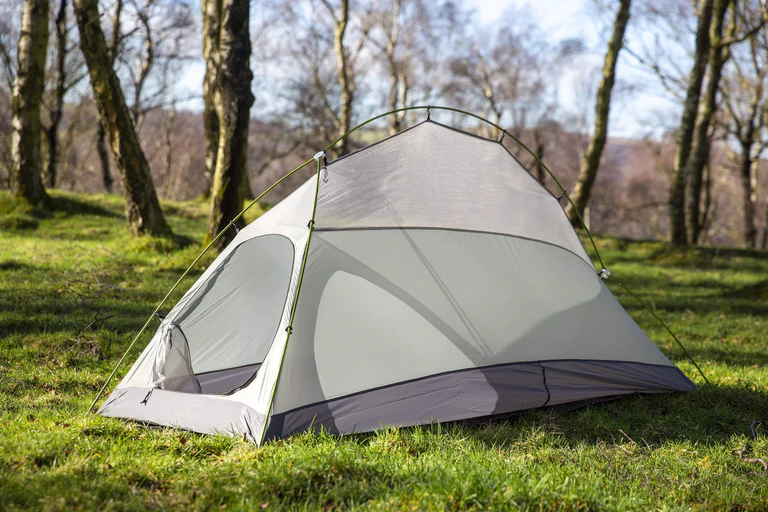
Setup and Pitching
One of the standout features of the Soloist is its fly-first pitch, critical for wet UK conditions. Setup involves:
- Laying out the footprint and inserting the single Y-shaped hub pole system.
- Attaching the fly via clips and buckles.
- Hooking in the inner from the inside if required (it can remain attached for quicker deployment).
Colour-coded pole sleeves, buckle tensioners, and straightforward guy points make this process intuitive—even when racing against cloudbursts. The tent’s low-slung geometry also means fewer stakes are required for stability.
Setup time: ~5 minutes solo.
Real-world observation: In breezy woodland or exposed moorland pitches, the low profile aids wind resistance while reducing visual impact. The rectangular footprint fits between tight tree spaces or hillside ledges.
Interior Space and Liveability
This is where expectations need to be clearly aligned with its design purpose: minimalist shelter. At 225cm long and 85cm wide, the inner accommodates one adult with gear stored outside.
Interior highlights:
- Enough headroom to sit up for gear sorting or changing
- Mesh ventilation panels on both sides
- Two small storage pockets for valuables
- Inner hanging loops for lantern or drying line
At 100cm peak height, it’s adequate for hunching but not lounging. The vestibule, while narrow, accommodates a medium-sized backpack or stove setup in fair conditions.
Critique: Taller users above 6’1” might feel cramped when shifting inside. There’s minimal vestibule depth for serious cooking in the rain, so a tarp extension or external cook setup may be necessary on foul evenings.
Weather Performance
With its robust waterproof ratings, taut fly tension, and aerodynamic shape, the Soloist offers excellent 3-season protection.
Wind Resistance: The semi-geodesic pole structure and reinforced guy points keep it planted in gusts exceeding 30mph. The pole hub structure distributes stress evenly across the frame.
Rain Resistance: The 5000mm fly and 7000mm bathtub floor hold firm against heavy showers and surface runoff. Even after prolonged rainfall, the inner stays dry with zero seep-through at seams or corners.
Ventilation: Dual mesh vents and raised fly cutouts manage condensation. However, airflow can be restricted if the vestibule is zipped tight—making placement and guy line tension crucial for maximising passive ventilation.
Ground Setup Tip: A lightweight groundsheet underneath can add comfort and extend durability if pitching on gravel, sharp turf, or chalky slopes.
Packability and Portability
At just over 1.1kg packed, the Alpkit Soloist Ultralight Tent falls well within the threshold for ultralight status. The compact stuff sack (32cm x 13cm) fits easily into most bikepacking saddlebags or backpack side pockets.
Pack Breakdown:
- Flysheet: ~480g
- Inner Tent: ~350g
- Pole Set: ~240g
- Pegs & Stuff Sack: ~110g
Compression is easy thanks to the burrito-style stuff sack, though aftermarket dry bags may reduce bulk even further. For riders, the tent’s packed shape works well with handlebar harness systems, especially if separated into fly/pole components.
Durability and Long-Term Use
Alpkit tents are field-tested across the UK and built with serious longevity in mind:
- Stitching is clean and reinforced at load-bearing points
- Pole sleeves and grommets show minimal wear after 20+ pitches
- PU coatings remain waterproof without tackiness or flaking
The 70D groundsheet is notably tough for a tent of this weight class—well-suited for rocky pitches or heathland with hidden roots.
Warranty: Backed by Alpkit’s 3-year product guarantee, which covers defects and premature wear under regular use.
Real-world feedback suggests it remains reliable through repeated compressions, overnight storms, and wet/dry cycles without major degradation.
Pros and Cons
Strengths:
- Lightweight and packable for multi-day trips
- Fly-first pitch ideal for wet UK conditions
- Robust waterproofing across floor and fly
- Durable fabric and pole construction for long-term use
- Affordable price point for ultralight performance
Limitations:
- Limited vestibule space for cooking or gear
- Tight fit for users over 6’1” or broad-shouldered campers
- Ventilation relies on external fly tension and placement
- No footprint included; must purchase separately
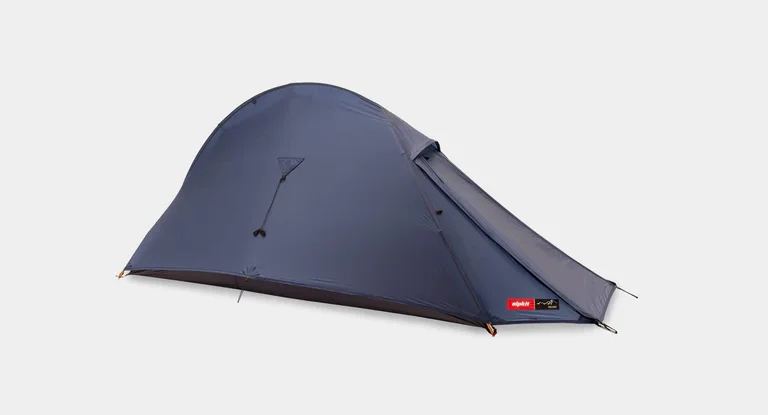
Comparison with Key Competitors
| Feature | Alpkit Soloist | Naturehike Cloud Up 1 | MSR Hubba NX Solo |
|---|---|---|---|
| Weight | 1.18kg | 1.2kg | 1.3kg |
| Pitch Style | Outer-first | Inner-first | Inner-first |
| Season Rating | 3-season | 3-season | 3-season |
| Fly Waterproofing | 5000mm HH | 4000mm HH | DuraShield™ PU |
| Floor Waterproofing | 7000mm HH | 4000mm HH | DuraShield™ PU |
| Price (UK) | ~£149 | ~£125 | ~£380 |
| Best Use | UK wild camping | Budget backpacking | Lightweight touring |
The Soloist punches far above its price class, especially when factoring in its outer-first pitch and waterproof ratings. Naturehike beats it slightly on price, while MSR adds luxury—but at triple the cost.
Final Verdict: Who Should Buy the Alpkit Soloist Ultralight Tent?
The Alpkit Soloist is built for those who move fast, pack light, and camp in places where stealth and adaptability matter. Whether you’re crossing moorland solo or stitching together bridleways and forest tracks on a bikepacking loop, the Soloist provides dependable shelter without weighing down your adventure.
Recommended for:
- Fastpackers and ultralight backpackers
- UK wild campers in need of fly-first pitch design
- Bikepackers seeking compact shelter for modular storage
- Budget-minded adventurers who won’t compromise on durability
Not ideal for:
- Tall campers over 6’2”
- Those needing generous vestibule cooking space
- Winter expeditions requiring more headroom and storm pitching


